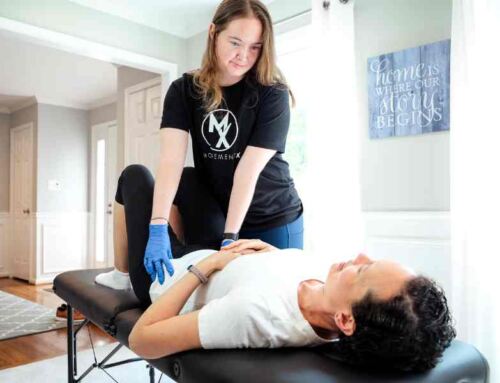How Can a Physical Therapist Help Me Exercise?
Have you ever heard of “runner’s high” or “yoga high”? It can be described as a brief, relaxing state of calm or joy. Based on your specific interests, you can choose any type of exercise (yoga, running, weights, etc) to gain the positive benefits of this natural “high.”
Regardless of what you choose, exercise is known to decrease sensitivity to pain, improve mood regulation, and help lower levels of anxiety and depression. Oftentimes, it can be difficult and scary to begin a new exercise regimen. That’s why working with a specialized physical therapist can help you identify safe strategies to begin new exercise programs and work around your pain.
What if Certain Exercises are Painful?
Sometimes, it can be difficult to work around your pain—whether that’s surgical, chronic, from a recent injury, or otherwise. Many people find that rigorous, intense exercise may not be appropriate, as it can damage any healing tissue or exacerbates pain. Conversely, low-intensity exercise oftentimes isn’t enough to create positive adaptations for healing, pain, or overall function.
One innovative treatment option is to utilize blood flow restriction training (BFR). BFR is a technique that utilizes a gentle tourniquet system on your arms or legs during abbreviated bouts of exercise. The reduced amount of blood flow creates greater fatigue and muscle activation while lifting lower loads or weights.
BFR has been shown to reduce pain across a training program in a range of clinical conditions. One study focusing on knee pain, for instance, found that a single bout of low intensity knee extension exercise using BFR was found to reduce anterior knee pain immediately after the exercise. This effect was sustained for a minimum of 45 minutes, and allowed the individuals to better tolerate exercise with greater loads during this 45 minute period.
How can a Physical Therapist Help Me?

Regardless of whether or not you utilize BFR during exercise or not, physical therapists are always researching ways to help you exercise better, decrease pain, and increase function. If you’ve been stuck in a cycle of starting and stopping exercise regimens because of pain or flare-ups with your condition, consider finding and working with a physical therapist. Just as a physician prescribes doses of certain medications, physical therapists are movement health experts that can select, modify, and “dose” your exercise programming according to your specific body and needs.
In this process, your physical therapist may analyze and modify…
- What specific exercise is movement is being performed
- Your body position or “form” during the movement
- Speed of the movement
- Resistance weight or “intensity”
- Total work done or “volume” during the movement
- Rest period between exercises
- Recovery period between exercise sessions
Conclusion
Once you have identified any specific aggravating exercise factors with your physical therapist, a customized program can be implemented to help manage or decrease pain while improving your overall function—again empowering you with the education and strategies needed to self-manage your pain.
No matter how you move, MovementX physical therapists and personal trainers are here to help you do it at your best.
About the Author
Dr. Rich Ortiz, PT, DPT is a physical therapist and health & fitness coach with MovementX in Washington, D.C. He is known for his personalized, convenient, and top-notch approach to care. Rich is also holds certifications in CrossFit Level 3, Precision Nutrition Level 1, and CHEK Institute Level 1 Holistic Lifestyle Coach. He is also committed to serving the Deaf Community here in Washington, D.C.








